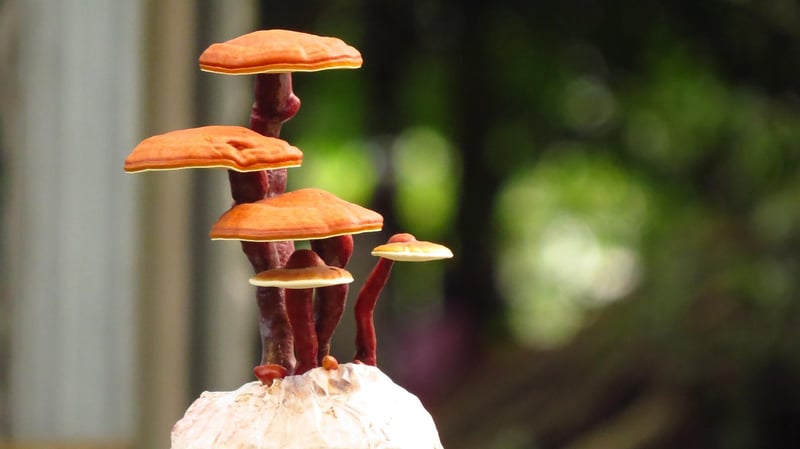Pruning Techniques
Guidance on Nurturing Plants + Pruning Techniques
Nurturing Plants
Plants are living organisms that require proper care and attention to thrive. Here are some essential tips for nurturing your plants:
1. Watering
Water your plants regularly, ensuring that the soil is moist but not waterlogged. Different plants have varying water requirements, so be sure to research the specific needs of each plant.
2. Sunlight
Most plants require sunlight to photosynthesize and grow. Place your plants in locations where they can receive adequate sunlight based on their species requirements.
3. Fertilization
Provide your plants with the necessary nutrients by fertilizing them regularly. Choose a fertilizer that suits the plant type and follow the recommended dosage.
4. Pruning
Regularly prune your plants to remove dead or overgrown parts, promoting new growth and maintaining plant health. Proper pruning also helps shape the plant and improve its overall appearance.
Pruning Techniques
Pruning is a crucial aspect of plant care that involves selectively removing specific parts of a plant to benefit its growth. Here are some pruning techniques to follow:
1. Deadheading
Remove faded or dead flowers from plants to encourage the growth of new blooms and prevent seed formation. Deadheading redirects the plant's energy into producing more flowers.
2. Thinning
Thin out excess branches to improve airflow and light penetration within the plant. Thinning helps reduce disease risk and promotes healthy growth.
3. Heading Back
Heading back involves cutting back a portion of a branch to promote branching and create a more compact plant shape. This technique is commonly used on shrubs and hedges.
4. Rejuvenation Pruning
Rejuvenation pruning is a more drastic technique used to revive overgrown or neglected plants. It involves cutting back the plant significantly to stimulate new growth.
By combining proper nurturing practices with effective pruning techniques, you can ensure your plants remain healthy, vibrant, and visually appealing.

Remember, each plant species may have specific care requirements, so it's essential to research and understand the needs of your plants to provide them with the best possible care.
Happy gardening!
